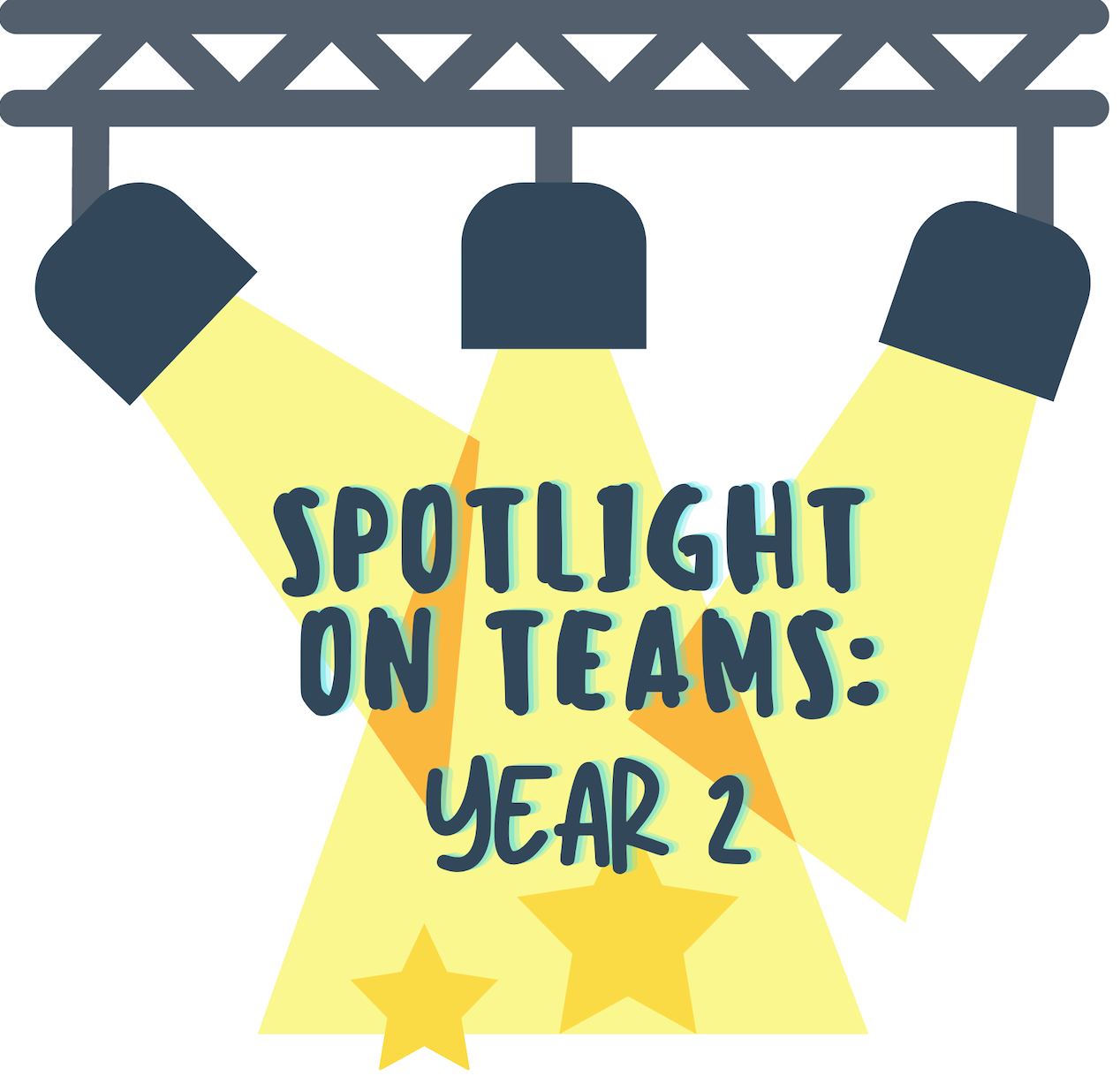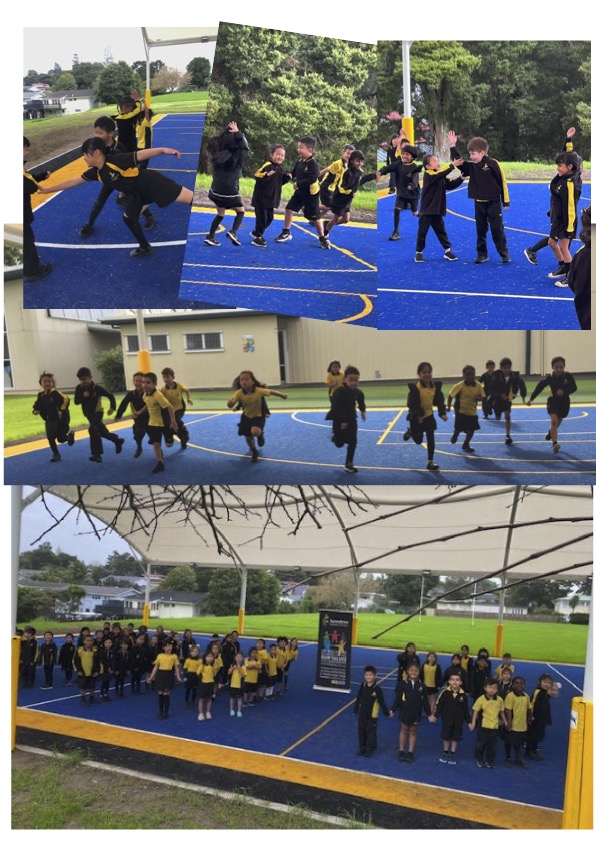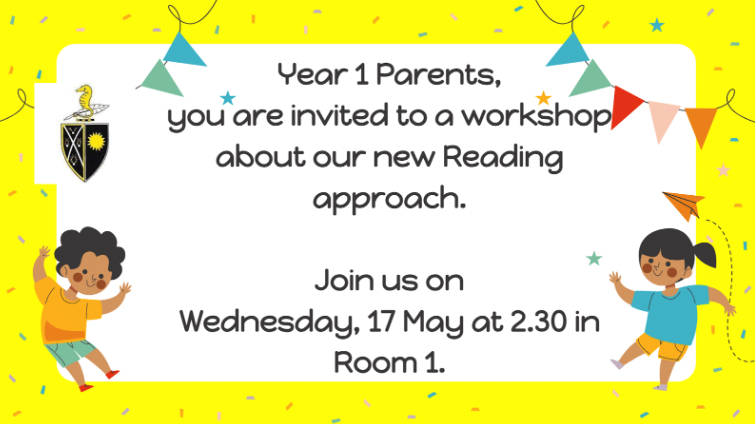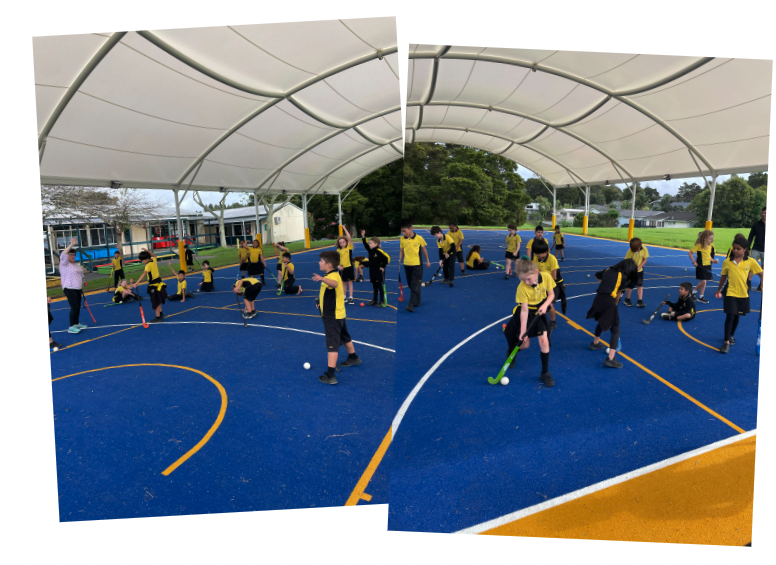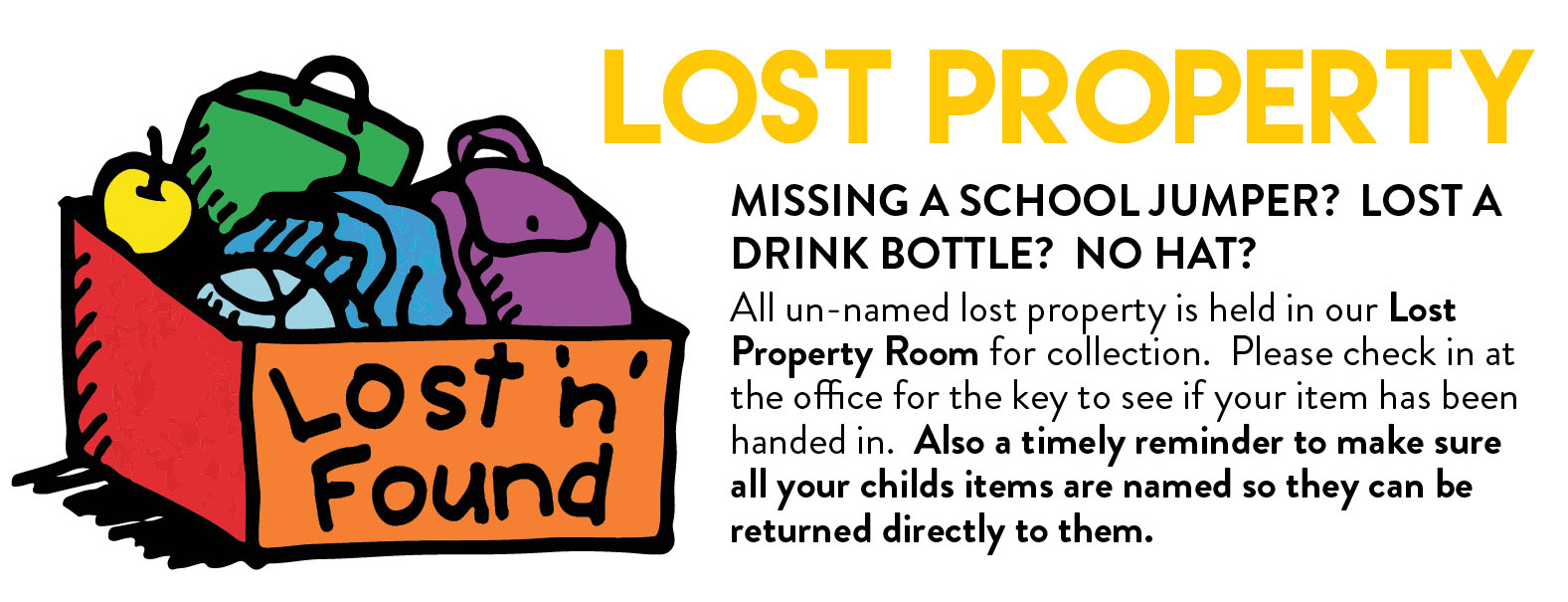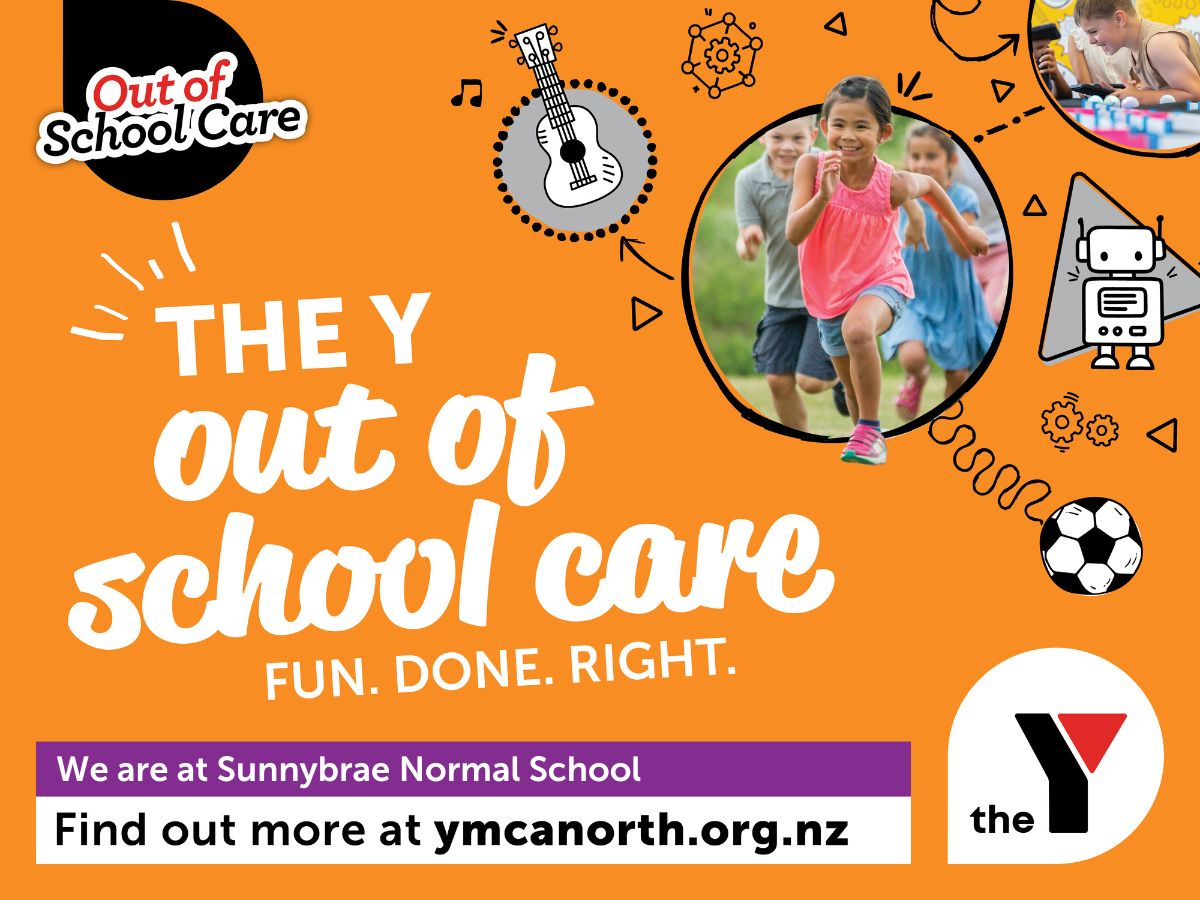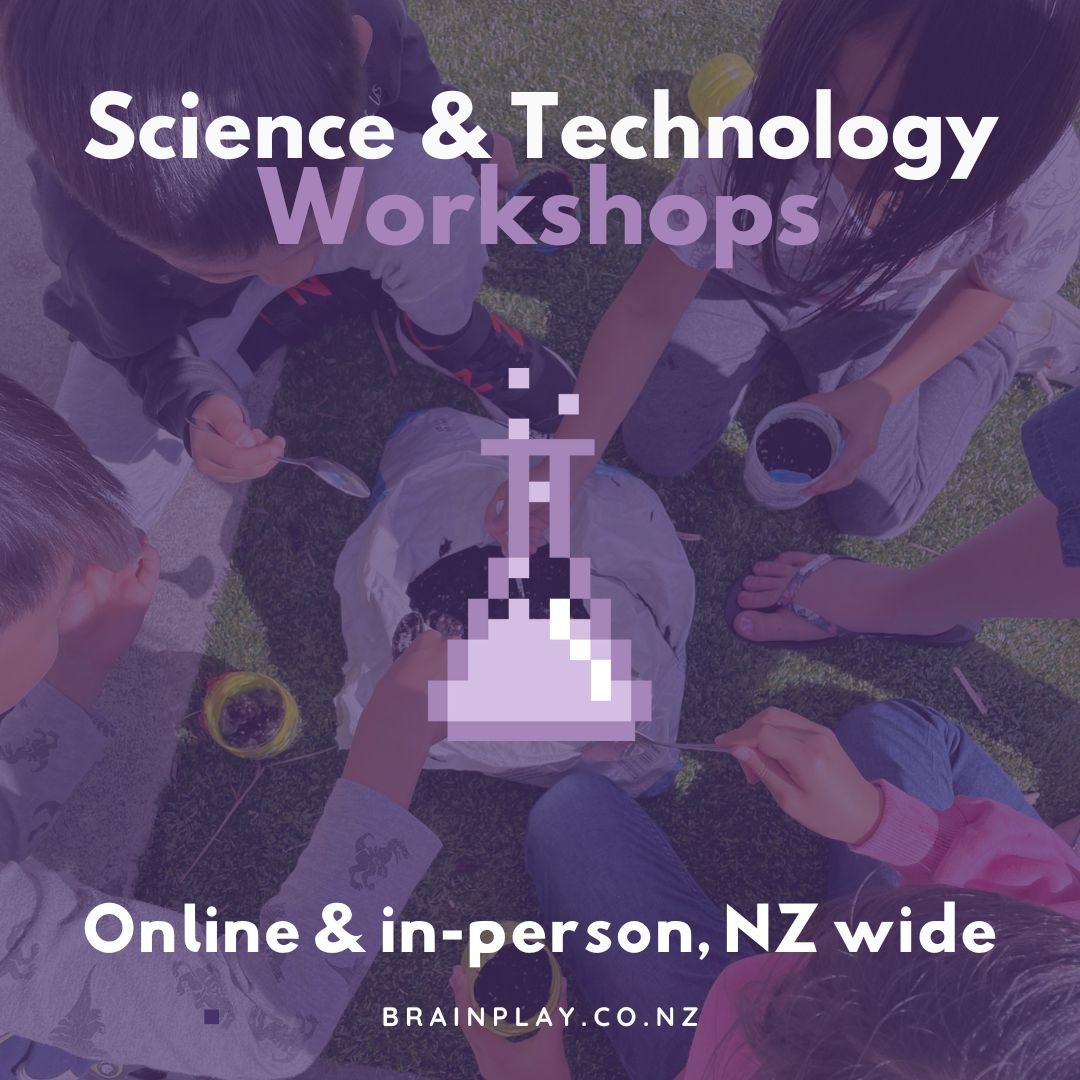T2 W3: Friday 12 May 2023
|
|
|
Important Dates
Friday 12 May – Book Club online orders close today
Wednesday 17 May – Year 1 Parents Workshop, Room 1 at 2:30pm
Thursday 18 May – Year 5 & 6 Cluster Sports, BoT Meeting in the Staffroom, 5:30pm
Friday 19 May – Pink Shirt Day – Gold Coin Donation
Wednesday 24 May – PTA Meeting in the Staffroom, 7:00pm
Monday 29 May – Out of Zone Ballot closes
Monday 5 June – King’s Birthday – Public Holiday
|
IN THIS ISSUE:
Positive Behaviour for Learning
Spotlight on Year 2
Pink Shirt Day
Postive Parenting – After the Disaster
Year 1 Parents Workshop
Healthy Active Learning
Job Opportunity at Sunnybrae
Contact with Your Child’s Teacher
Being Absent from School
Enrolments at Sunnybrae
Parking Near School
Community Notices
|
|
|
|
|
The PB4L focus for Term 2 Week 4 will be on:
Respect: Playgrounds and Fields – Collecting sports equipment and put things away where they belong, look after equipment.
|
|
|
We Love our New Covered Turf!
|
|
|
|
The Year 2 classes were so happy to have the covered turf open and ready to play on after the FunFest in Week 7 of Term 1.
As the weather was hot, it was a great place to be out of the sun during break times, Fitness Classes and during Physical Education lessons.
In Term 2 cricket lessons, classroom fitness sessions and sports practices have gone ahead whether the weather is rainy or fine. It’s even a great place for our parents to congregate when they are waiting to pick us up in the afternoon.
|
|
|
|
|
Pink Shirt Day – Gold Coin Donation
Sunnybrae is joining the movement on Pink Shirt Day on Friday 19 May 2023, and encouraging our staff and students to Kōrero Mai, Kōrero Atu, Mauri Tū, Mauri Ora – Speak up, Stand Together, Stop Bullying. Bullying in Aotearoa is a real problem.
We have the third-highest rate of school bullying out of 36 OECD countries and one in five workers feels discriminated against or bullied at work. Those bullied are far more likely to experience mental health issues. Pink Shirt Day works to reduce bullying by celebrating diversity in all its forms and supporting schools, workplaces and communities to be safe, supportive, welcoming and inclusive for everyone. During Week 4, classes will be discussing ways to spread aroha and kindness and prevent and end bullying. To celebrate this important kaupapa, we’ll be encouraging the children to wear pink and bring along a gold coin on Friday 19th May.
|
|
|
|
|
|
|
Natural disasters can be frightening and distressing experiences for children, teenagers and adults. Extreme weather conditions are part of the natural landscape in many countries. These events can be overwhelming and terrifying when they happen. The loss caused by natural disasters can be significant – including the loss of a family member or friend, a pet, a home or belongings.
After a disaster, it is common for children of all ages and stages of development to become distressed. Parents’ own emotional reactions may be complicated by worrying about how their children are coping, what their children’s reactions mean, how serious they are, and how to manage children’s emotions and behaviour. The following information will help parents understand children’s reactions; know how to encourage children to naturally resolve their distress, and answer their children’s questions.
This is Part 1 of a 7 part series…
A child’s understanding of, and response to, a natural disaster depends a lot on their age and stage of development. A 4-year-old and a 15-year-old from the same family may both experience distress, but their distress may be expressed differently. Some children experience little distress following a disaster, whereas others can be quite distressed by what has happened, even though their family was not directly affected. Most children who experience distress following a natural disaster will experience a ‘natural recovery’. In other words, they will begin to feel better over time, without any professional help.
COMMON SOCIAL AND EMOTIONAL REACTIONS OF CHILDREN FOLLOWING A DISASTER
After a disaster, children and teenagers experience emotional reactions that vary depending on their age. For instance, distress in a 5-year-old may show itself as more frequent temper tantrums and difficulty settling before bed; whereas for a 16-year-old, distress may show itself as more sulkiness and irritability. Importantly, children’s feelings and thoughts may not be obvious to others. Indeed, some children don’t want to add to their parents’ burden and downplay their feelings.
Below are some examples of how a child’s usual pattern of behaviour can change.
- Behaving younger than you would expect (given their age), or a return to a behaviour seen when they were younger. For example, a previously independent 14-year-old may want to sleep in his parents’ bedroom or a toilet-trained 4-year-old may begin wetting her pants again.
- Clinginess and difficulty separating. Children of all ages may become teary, clingy or angry when required to be separated from their parents (e.g. going to school).
- Sleep disturbances. Children may be unsettled approaching bedtime, have difficulty falling or staying asleep, and may have nightmares (whether about the disaster or about something that is seemingly unrelated).
- Increased irritability and anger. Depending on your children’s ages, you may see increases in temper tantrums, defiance, aggressive behaviours (such as breaking toys, kicking furniture or hitting others). Teenagers may be less tolerant of siblings and/or normal interactions with parents.
- Flashbacks. Children may tell you they are having unwanted images or thoughts related to the disaster. We call these ‘intruder thoughts’ and they can be very upsetting for children.
- Suddenly upset for no obvious reason. The upset may show itself as sadness, anger or fear.
- Specific fears (e.g. clouds, rain, water, wind).
- Avoidance of things, situations or people that a child associates with distressing disaster memories. For example, a child no longer wants to visit their aunt and uncle whose house was destroyed.
- Withdrawal. Children may become unusually quiet and begin spending more time on their own.
- A sense of danger. Children may become preoccupied with the idea that the world is a dangerous, unsafe place. They may seem to be on the ‘look out’ for danger or threat.
- Difficulty concentrating and paying attention. Children may have more difficulty staying on task, listening to instructions or paying attention.
- Sadness. Children may be quicker than usual to become sad about things, whether disaster-related or not.
Article to be continued in Week 4
|
|
|
|
|
|
|
Healthy Active Learning
We have been fortunate to have Thornton McDade an advisor from Health Active Learning work with us as a staff as we make our Physical Education lessons even more skill based, fun and engaging.
On Monday the teachers in the Years 1- 4 team got to work alongside Thornton as they took a Physical Education lesson together. This provided an excellent opportunity for the teachers to work alongside an expert in their field.
|
|
|
|
|
Job Opportunity – Teacher Aide @ Sunnybrae
Would you like to have time off during school holidays, support amazing students, work with awesome colleagues and interact with lovely families from diverse cultures? If so, this is all possible within our stimulating environment on the North Shore in Auckland.
We are seeking a Teacher Aide to start as soon as possible.
Our school seeks keen, enthusiastic, and committed people to work with students with high and complex needs. These students may have learning and behavior challenges.
Ideally, you would have the skills and capabilities to build meaningful positive relationships with students, staff and parents. The successful applicant will work with a supportive cohesive team to improve outcomes for students.
If you are passionate about providing our newest learners with a positive start to school, we would love to hear from you. Please contact our amazing Office Manager, Spring Shih by email, officemanager@sunnybrae.school.nz.
|
|
|
Contact with Your Child’s Teacher
Your child’s teacher is your first point of contact should you have any questions. Hopefully by now you’ll have had a number of opportunities to meet and connect with them.
The best way to contact your child’s classroom teacher is through Seesaw or email. Please let us know if you have not yet been able to connect via Seesaw and we can get this sorted for you. The power of the partnership between parents and teachers is immeasurable. We also have a really strong Learning Leader Team should you need further advice. Do not hesitate to contact the Principal or one of our Deputy Principal’s should you have a question that’s beyond the scope of your child’s classroom teacher or Learning Leader. Our aim is for you to feel supported as a parent/caregiver.
|
|
|
Being Absent from School
In the event of your child being unable to attend school due to illness, please notify the Attendance Office on the morning of absence.
This can be done easily via the quick link on our school website http://www.sunnybrae.school.nz, on the school app (Kiwischools Connect) or by phoning the office on (09) 443 5058 to leave a message.
Should time away from school be required for reasons other than sickness then a formal letter of request should be addressed to the Principal, Lorene Hurd. Please forward your dates and a reason that your child will be on leave from school to office@sunnybrae.school.nz.
If your child needs to attend an appointment during the school day, please advise the classroom teacher before 9:00 am on the day of, giving the reason for the absence, the time of departure and estimated time of return to school. Any student leaving school must be collected from the School Office and be signed out by a parent or guardian. Upon return to school, the student must report back to the office and sign in before returning to class.
|
|
|
Enrolments
In Zone Enrolment
If you live ‘in zone’ and have a child turning 5 this year, please make sure you enrol your child/children as soon as possible. Please also encourage any new ‘in zone’ families to enrol their children as this helps us with future planning. Please visit our website www.sunnybrae.school.nz and complete the enrolment form.
If you are moving away from Sunnybrae, please contact the office as soon as possible.
|
Out of Zone Ballot for Entry
Enrolment at Sunnybrae Normal School is governed by an enrolment scheme, details of which are available from the school office. Students who live within the home zone are entitled to enrol at the school.
For students who live out of zone, the next opportunity to apply is before Monday 29 May 2023, this will be for students starting between 17 July and 22 September 2023 in Year 0, Year 1, Year 2, Year 3 and Year 4 for out of zone students.
There will be an out of zone ballot held on Monday 5 June 2023 for students not living in the school’s home zone. If the number of out of zone applications exceeds the number of places available, students will be selected by ballot. Parents will be informed of the outcome of the ballot within three school days of the ballot being held.
|
|
|
Parking
Please refrain from parking in the staff car park. We are asking that all parents/caregivers be considerate of our many neighbours by ensuring that you leave their driveways clear when you are dropping off or picking up your child/children. For security, please lock your vehicle at these times.
|
|
|
|
|
|
|
|
|
Kind regards
Lorene Hurd, Principal
SUNNYBRAE NORMAL SCHOOL
|
|
|
|
|
|
|
REMINDER:
Please note that all children are to be collected from school by 3.15pm. If you are unable to collect before this time, you my be interested in booking your child into the YMCA after school club held in the hall.
|
|
|
|
|
|
|
|
|
|
|
|
|
Brain Play teaches science & technology classes to Kiwi kids aged 5 – 13, right across the country! We offer holiday programmes, online classes, in-person after-school classes, in-school classes, and free events for communities. Our topics include 3D printing, coding, animation, STEM experiments, LEGO & more. Free trials are also available for new students. This term we are in Stanmore Bay, Huapai, Parnell and Hobsonville (as well as online)! Check out our website to learn more about what’s on at Brain Play & book in today – https://www.brainplay.co.nz/.
|
|
|
|
|
|

